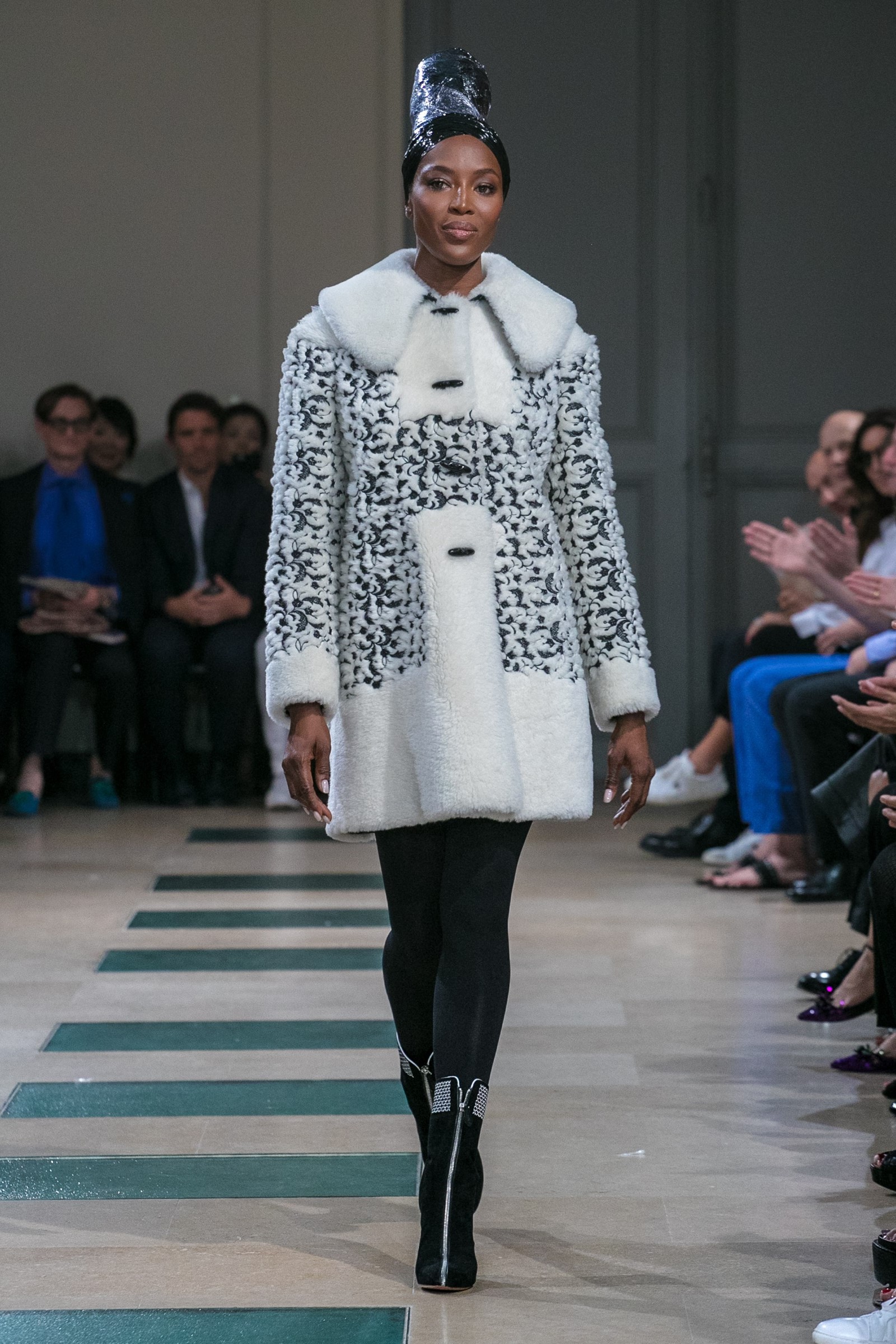Who really buys haute couture? Lots of people, it seems. In the Marais district of Paris at Azzedine Alaïa’s, a few days after his Autumn/Winter 2017 haute couture show (the first couture-specific showing he’s staged in six years), rails of clothes are shrouded in the same linen used on his beds. Tucked underneath are the pieces from the winter collection, and women already want to buy them. In the stifling Parisian heat, 34 degrees in the shade, women are enquiring about the hand-made python coats, with the scales perfectly matched; his featherweight shearling coats swirled with embroideries; his velvet dresses. “We have to figure out how long everything takes to make,” says Caroline Fabre-Bazin, Alaïa’s right-hand woman. “Because they are calling. They want them.” Ask Monsieur Alaïa himself how many hours these pieces take his in-house atelier to create, and he purses his lips, then smiles. “Beaucoup.” Quite.

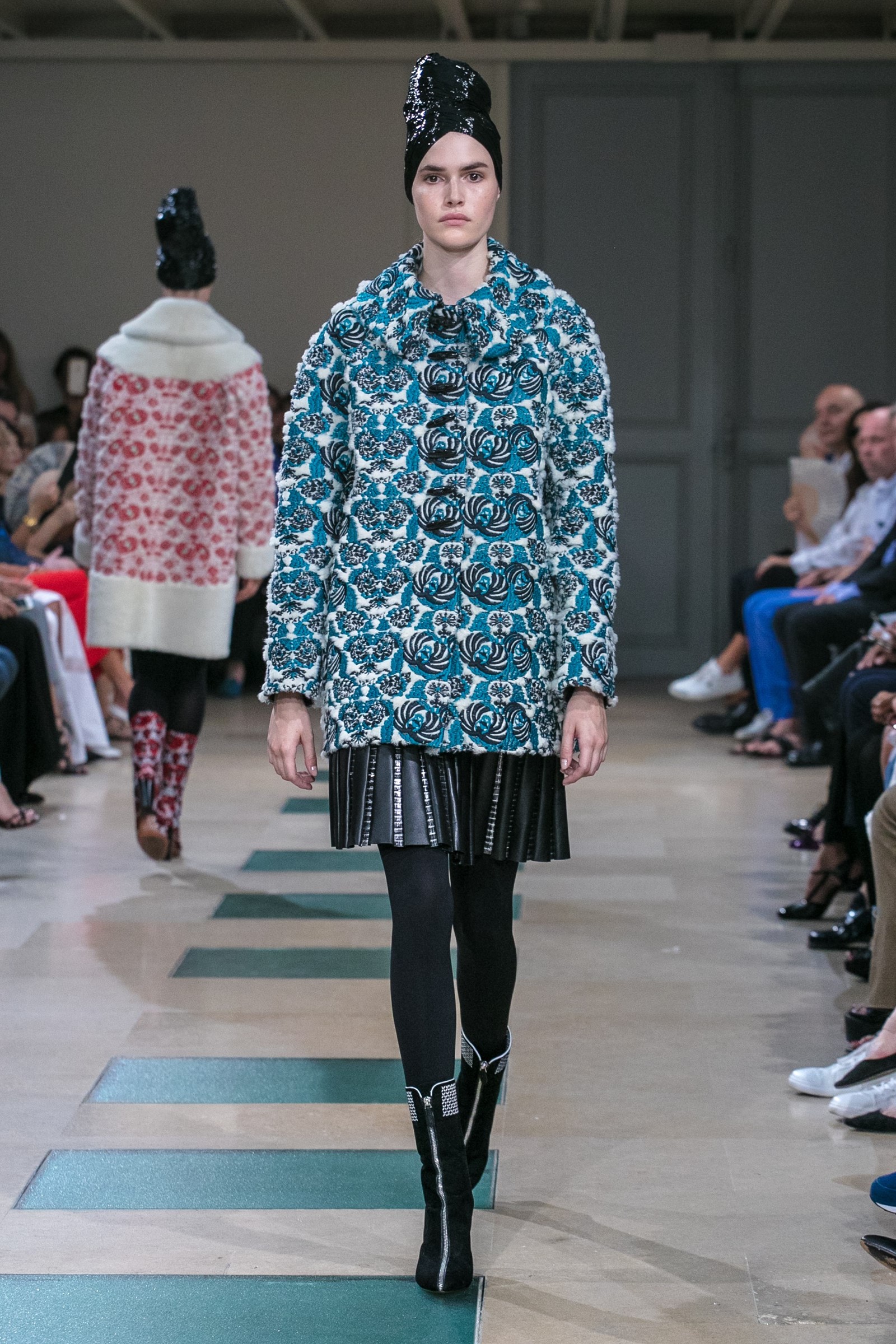
Beaucoup is a good word chez Alaïa. There’s beaucoup d’espace – the Alaïa building spans over 14,000 square feet, a gargantuan complex housing his own home, guest apartments, showroom, a gallery space, flagship boutique and one of the most talented ateliers in Paris. There are also beaucoup de personnes – the lunch table frequently multiplies to two or three tables, and includes Alaïa himself, his partner the painter Christophe von Weyhe, his petites mains and press attachés and Patrice Brunel, who manages the three-room Alaïa hotel. Guests staying there also swell the numbers, as do drop-ins from friends like the stylist Joe McKenna, the photographer Paolo Roversi, and Carla Sozzani of 10 Corso Como, who also works with Monsieur Alaïa. The boutique, just around the corner from the Alaïa kitchen, often also contains beaucoup de personnes – the aforementioned clients, who try on clothes in a spacious fitting room where a Julien Schnabel smashed-plate portrait of Alaïa is stacked atop another Julien Schnabel smashed-plate portrait of Alaïa. Many come here to order haute couture. Alaïa’s made-to-order business thrives.
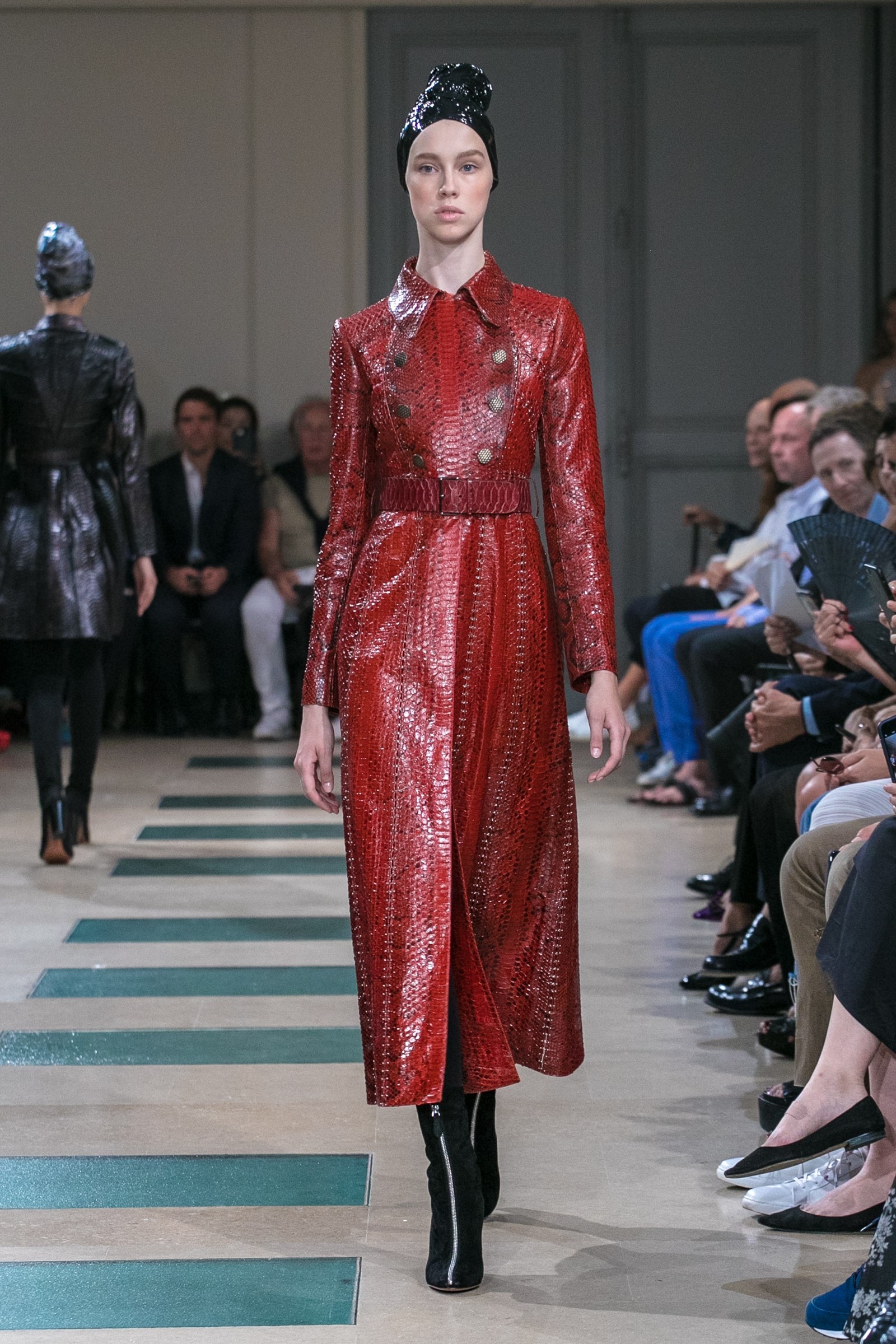
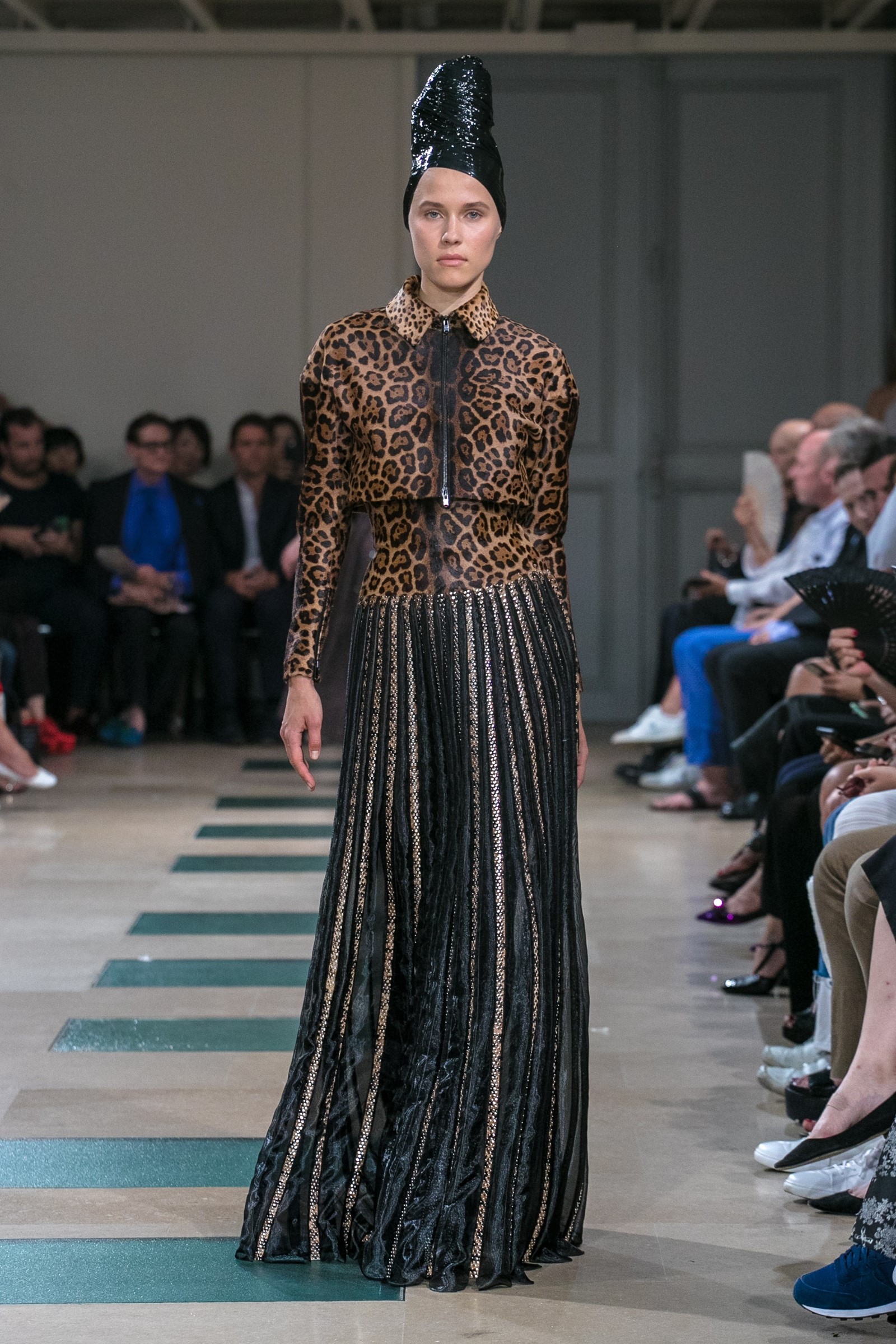
And there are beaucoup de vêtements, of course, which take beaucoup de travail. Those hours spike into the thousand, you imagine, when Azzedine Alaïa turns over the folds of a hand-made python coat, its seams not stitched but pierced with hundreds of tiny metal staples to hold the pieces together but apart. Every panel of both python and lining has been suspended a millimetre away from the next, allowing windows onto the skin beneath. The scales of each panel are meticulously matched. Put your skin underneath, and it winks through. The same is true of panels of sheer organza and chiffon inserted into pleated leather skirts, lightening the load but also showing the body, tenuously, lending movement to these most impermeable of skins. Whip back another linen cloth, and Alaïa shows a sequence of knitted dresses constructed with a single seam down the spine. All the fullness is keyed into the textile itself. A few have a second seam, across the waist, because the knitting machines couldn’t knit the length M. Alaïa wanted. A few glisten with metallic threads: up close, they are minute beads, sewn by hand. The final stitches, Alaïa said, happened at 4pm the previous day – the day of the show, which was scheduled for 7pm.
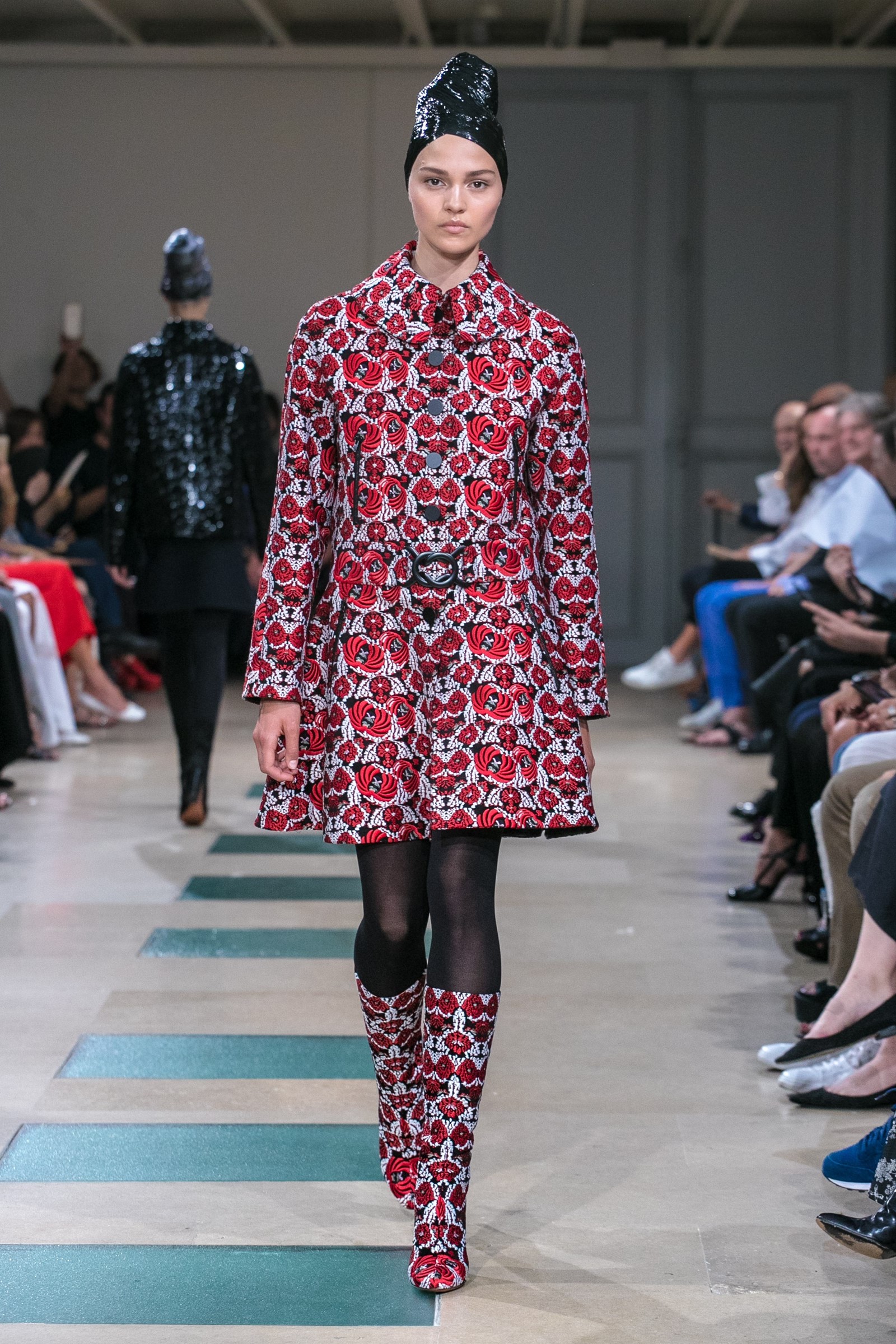
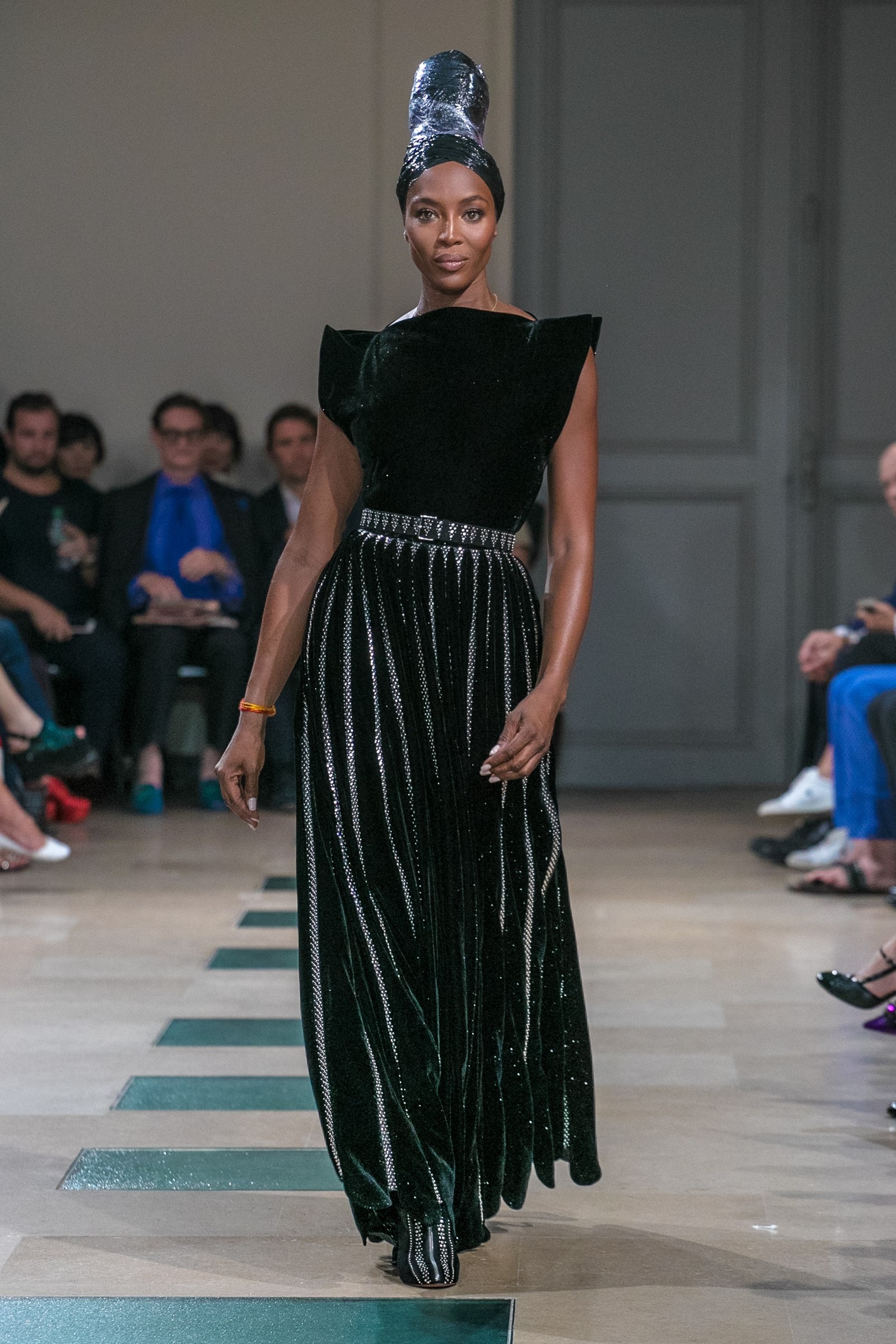
In that show, Alaïa’s clothes whizzed by in a flurry of movement, metal, embroidered mouton, high PVC-bound hair and Naomi Campbell opening and closing, her serpentine walk and chiselled features unchanged from when she was a sixteen-year-old modelling for Alaïa in 1986. “He has been my papa since I was 16, and I love him very much,” Campbell once told me. “Azzedine is one of the most unique designers in the world, he has an unparalleled work ethic.” Glamour be damned – away from the whirling of the models and the mesmerising, serpentine sashay of Campbell’s hips, Alaïa’s clothes are still glamorous, sure, but also quietly awe-inspiring. They are even a little intimidating, as if approaching a religious relic, or an unknown species. You can’t understand, often, quite what Alaïa’s clothes are made of, or how they are made. Only he knows.
Indeed, as Alaïa turns over his clothes in his hands, there is an unparalleled knowledge, an intimacy, a familiarity. He not only designed these garments, he created them, ripping them apart, resewing them himself by hand. “Je suis un petit main,” he once stated, laughing, allying himself with the people who construct couture clothes – the petites mains – rather than the high-and-mighty createurs. But it is precisely this knowledge, and Alaïa's awe-inspiring mastery of his craft, that makes his clothing unique. It is what sets them apart not only from the rest of haute couture, but from fashion itself. In Alaïa’s clothes, there is a tension between effortless effervescence and hard labour, between grace and graft. If haute couture is about the power of the hand, there is none more powerful than Alaïa. Let’s borrow the phrase used by Christian Dior, when describing Balenciaga (to whom, many believe, Alaïa is the natural successor): the master of us all.
